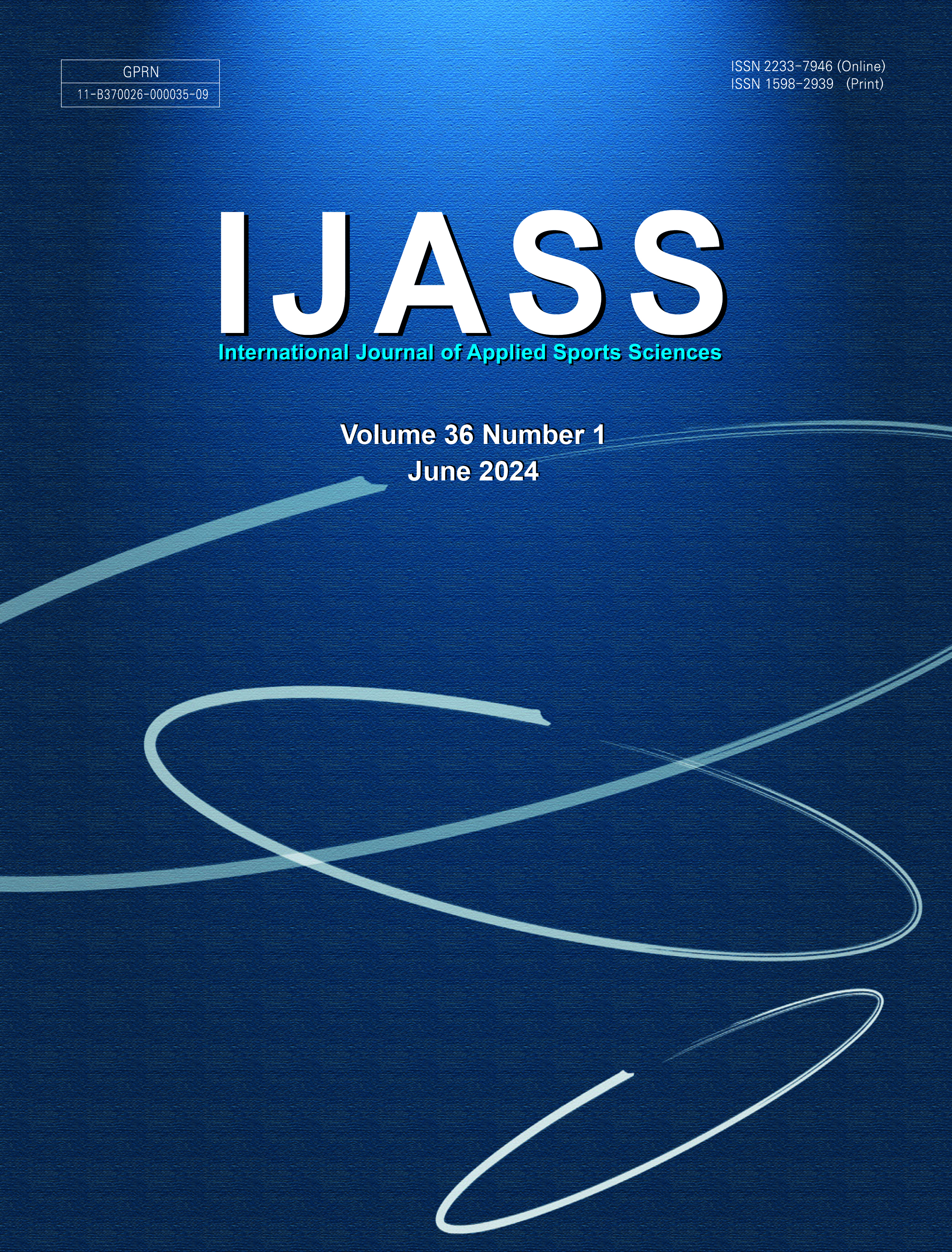 ISSN : 1598-2939
ISSN : 1598-2939

This study measured haptic extra accuracy, that is, judging one hit position in a hand-held object. Primarily, which factors are associated with the estimation of the contact position when an impact is made on the grasped implement. Data were collected from 20 participants and their extended haptic accuracy were analyzed using a discrete numerical state, as well as the stochastic evolutionary possibility. Analyzations proved that perceived accuracy influenced not only the stimulus magnitudes distinguished by the coefficient of restitution, but also the distributions of the encoded impressions by the rotational inertia. In particular, stochastic analysis confirmed that perceiving the location of the effect of grasped objects is more constrained by kinesthetic oriented property than by the cutaneous oriented gain in arbitrarily conflicted circumstances. The results from the analyzations suggest a broader hypothesis for further research into the effects of inertia tensor related to haptic spatial accuracy in a hand-held object.

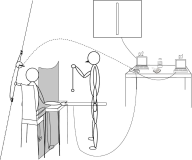
The purpose of this study is to present retirement age predictive functions of athletes that can be utilized as data to reduce psychological shock of athletes from retirement and prepare for the future. To accomplish such purpose, athletes who retired as an undergraduate, unemployed or professional registered on the athlete registration system of the Korean Sport & Olympic Committee for three years were selected as the population. Stratified sampling was used for convenience sampling. Content validity of a retirement factor questionnaire was examined by consulting with experts. Opinions of 72 retirees were collected through an open questionnaire, and samples of 260 persons were used in the first and second parts after consulting with experts based on first sample data. The stepwise regression analysis method was applied to develop reliable and valid retirement predictive regression function. The degree of relevance was shown by multiple correlation coefficient between predicted age calculated by the predictive function and actual retirement age. Significance level was .05 for all tests. The 8 predictive function are presented according to the procedure above. Y^1(retirement age of female athlete)= 24.097+1.778*(physical limitation 11)-1.142*(job plan29), Y^2(retirement age of male athlete)= 23.498+1.334*(popularity 2)-1.126*(exercise attitude 20)+1.021*(competitiveness 7)-1.020* (job plan 29)+0.871*(economy 18)-1.905*(administration 22)-1.024*(administration 23)+.778*(interpersonal relationship 13), Y^3(retirement age of combat sports)=23.158+.688*(physical limitation 11)-1.790*(job plan 29)+0.960*(popularity 1)-0.656*(exercise attitude 16)+0.747*(job plan 33)+0.643*(economy 18)-0.461*(administration 23)+.606*(injury 46), Y^4(retirement age of non-combat sports)=20.741+ 1.637*(popularity 2)-1.270*(exercise attitude 20)+0.942*(competitiveness 7)+2.061*(family 5)-3.291*(administration 21)+1.082*(administration 25)+1.192(interpersonal relationship 8), Y^5(retirement age of individual sports)=27.414-1.295*(job plan 29)+1.463*(physical limitation 15)+0.972*(popularity 1)-0.639* (exercise 16), Y^6(retirement age of group sports)= 21.950+1.950*(popularity 2)-1.318*(exercise attitude 20)+4.635*(interpersonal relationship 6)-3.337*(addiction 41), Y^7(retirement age of undergraduate athlete)= 21.950+1.950*(popularity 2)-1.318*(exercise attitude 20)+4.635*(interpersonal relationship 6) -3.337*(addiction 41), Y^8(retirement age of unemployed and professional athlete)= 27.808-0.874* (exercise attitude 19)+1.287*(competitiveness 8)-1.402*(administration 21)+0.757*(popularity 2).

This study aimed at testing a theoretical framework applicable to equestrian participation process based on revise PCM. This study revisited and revised PCM to deal with limitations that an initial model has, and analyzed the framework in terms of equestrian activity to understand equestrian participation process as a whole. The study model was tested among equestrian participants in Korea and used survey method to collect 320 questionnaires. Total 312 questionnaires were analyzed by SPSS and AMOS, and used to conduct frequency analysis, confirmatory factor analysis, reliability analysis, correlation analysis, and structural equation modeling. The results are as follows. First, favor on a horse and achievement factors positively affected all the involvement factors, and media and promoting friendship factors positively affected self-expression and centrality factors. However, pursuit of health factor did not affect all the involvement factors. Second, attraction factor had positive effect on volitional choice factor however no effect was observed on informational complexity or position involvement factors. In addition, centrality factor did not affect all the commitment formative factors while self-expression factor positively affected all. Third, informational complexity and volitional choice factors had positive effect on resistance to change factor, however, position involvement had no effect on resistance to change factor. Fourth, resistance to change factor positively affected loyalty factor.

Homeless World Cup (HWC) program contributes to supporting and inspiring homeless people in order to positively change their own lives. There has been diverse research on the HWC, but most have emphasized outcomes. An effort for understanding of specific motivation process still remains scarce. Therefore, the purpose of this study is to understand the motivational process of the participants and describe the process in view of ERG theory. For the study, qualitative approach is conducted with using semi-structured interview. Findings show that the motivation could be thought as a result of their feeling of security, self-esteem and the desire to achieve their goals. Their behavioral changes toward others are related with the satisfied their psychological basic needs, and existence needs seemed to be based on the social relationship. In spite of several limitations, the findings give a chance to consider about how the HWC program should be developed.
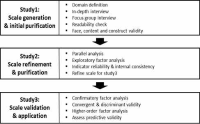
In this article, I develop a scale for measuring social capital scale in a sports club (SCSSC) to review the concept of social capital based on sports club members and construct social capital scale in a sports club context. This article employees the methodology of scale development, which involves three studies: Study 1, qualitative assessment for scale generation was insisted with an in-depth interview and focus group interview. To address scale development, two times quantitative surveys were conducted. Study 2, for scale refinement, used parallel analysis and exploratory factor analysis. Study 3, confirmatory factor analysis to confirm the essence of the SCSSC construct and its' dimensionality. In order to verify the hierarchical properties of the factor structure, higher-order factor analysis was implemented by dividing the above factors into a single factor and double factors. After comparing the two types of factors, results reflected a hierarchical relationship between the single factor and 5 sub-factors of social capital in sports clubs. Lastly, in order to verify the predictability of the deduced scale, satisfaction of life was used as a dependent variable to conduct a causality analysis in which results showed a statistical signification relationship.




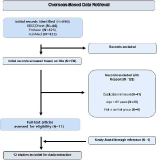
The purpose of this study was to investigate the relationship between resistance training and bone mineral density of the elderly by using meta-analytic approach. A comprehensive literature review was conducted using such databases as EBSCOhost, Embase, and PubMed. A total of 12 articles were finally selected using the PRISMA procedure and analyzed using Comprehensive Meta-Analysis (CMA) 2.0. The results were as follows. Resistance training had a significant positive relationship on bone mineral density in lumbar, total hip and femoral neck. However, resistance training did not have a significant relationship on bone mineral density in trochanter.

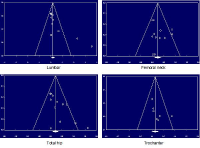

Background The objective of this study was to investigate the relationships between bone mineral density, the level of anaerobic capacity and muscle strength in Korean national amateur male boxers. Methods We carried out a cross-sectional population-based study where fifty-six Korean national amateur male boxers were enrolled. The participants’ whole-body bone and regional mineral density (BMD) and bone mineral content (BMC) were assessed using dual-energy X-ray absorptiometry as the main outcome. The anaerobic capacity was assessed using the Upper and lower Wingate test, and muscle strength was assessed using Isokinetic muscle strength and Maximal strength. Results Of the fifty-six boxer, 37.5% were classified as LWC, 32.1% as MWC, and 30.3% as HWC. Linear regression analyses showed that the severity of bone variable was associated with upper and lower-body anaerobic capacity. Isokinetic muscle strength and Maximal strength were positively associated with bone variables. Conclusions Within athletes of Korean national amateur male boxers, anaerobic capacity, and muscle strength measurements were positively associated with bone variables. Further research is needed to elucidate mechanisms underlying this positive association that is, undertaking studies involving effective exercise and nutrition supplements treatments, and developing the study designs to facilitate analysis of this relationship.
